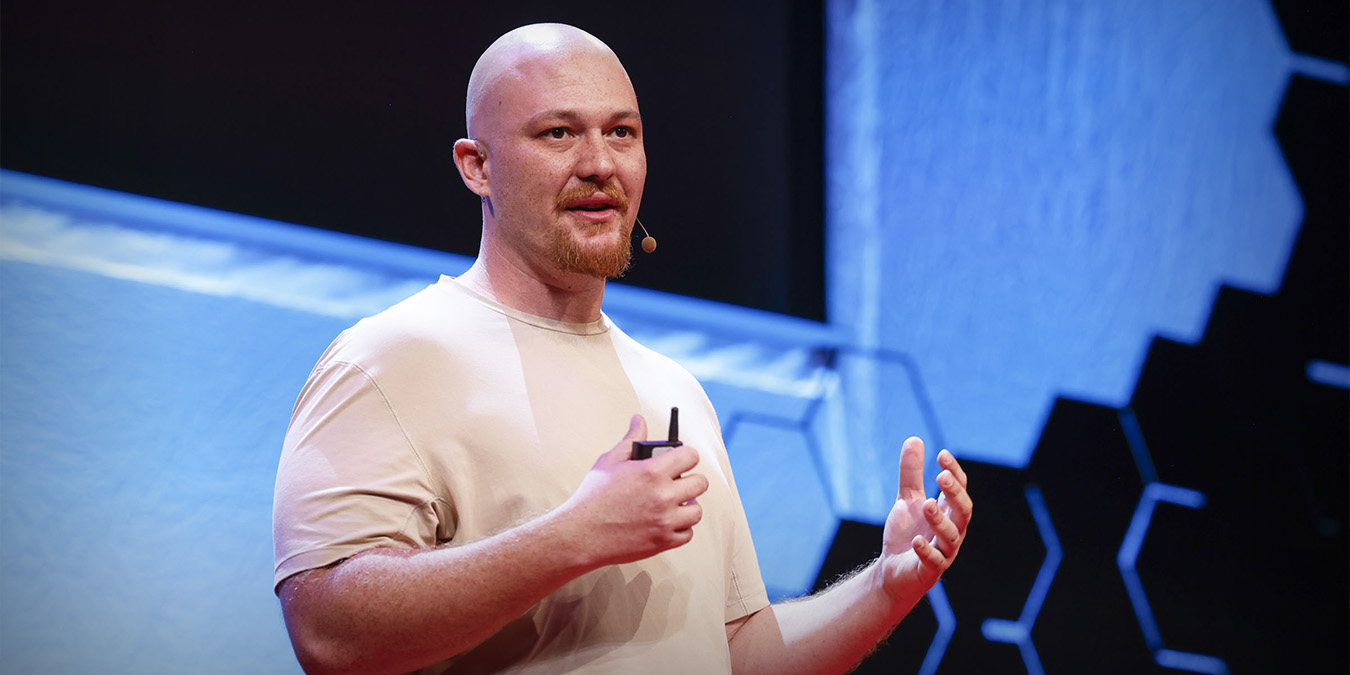Behind the Product: How Replit’s Amjad Masad Sees “Everyone Becoming a Developer”

If software is eating the world, Replit’s bet is to hand everyone a fork. In his recent interview with Lenny’s Podcast, Replit co-founder and CEO Amjad Masad laid out a future where product managers, designers, and even non-technical founders can ship working products—with AI as their “developer in the pocket.” What follows is a field guide for wantrepreneurs and early-stage founders on how to think, build, and upskill in this new era.
“People view this as a developer in their pocket… We have 34 million users globally.” —Amjad Masad
The Big Shift: From “Can You Build It?” to “How Many Ideas Can You Generate?”
Masad argues that AI collapses the cost and complexity of getting to v1. The bottleneck moves from execution to ideation.
“Now actually making things is a lot easier. You become limited by how fast you can generate ideas.”
For founders, that flips the game:
- Speed to prototype becomes near-instant.
- Market learning happens earlier—because you have something usable to put in front of real users.
- Value shifts to taste, discovery, and iteration—the human judgment to decide what to build and why it matters.
What Replit Actually Does (and Why It Matters)
Replit combines IDE, runtime, infra, and deployment into a single web workspace. With its new AI “Agent” and “Assistant,” you can describe an app, watch it scaffold code, wire up a database, deploy to the cloud, and then tweak UI or copy in seconds.
- End-to-end platform: Write → run → deploy → share, all in one place.
- Agent for v1: Think “hand a developer a PRD” and they build it—database, auth, UI, and all.
- Assistant for iteration: Think “pair at the desk,” moving buttons, refining flows, and shipping micro-changes fast.
This matters because it democratizes software creation. Product managers, ops leaders, and solo founders can now build internal tools, public experiments, and full-stack MVPs without waiting on a sprint cycle.
Where It’s Strong Today (and What Still Trips You Up)
Great at:
- Building MVPs and testable V1s in minutes.
- Spinning up internal tools (dashboards, back-office apps, scrapers, simple CRMs).
- Letting non-engineers own the first mile of product discovery.
Still rough around the edges:
- Complex refactors & DB migrations: Large structural changes can break things; human help (or bounties) may be needed.
- Hyper-scale reliability: Sharding, queues, and “big iron” architecture are the next frontier for agents.
The pragmatic play? Use AI to earn the right to engineer. Let the Agent get you to traction; bring in engineers to harden and scale what’s working.
New Skills That Compound Fast (Amjad’s Playbook)
“The ROI of learning to code is doubling every six months.” —Masad (aka “Amjad’s Law”)
Masad’s advice maps neatly to a founder/PM learning path:
-
Be Generative on Demand
Treat idea generation like a muscle. With execution cheap, you win by exploring more bets, faster. Keep a running backlog and turn prompts into prototypes daily.
-
Learn “AI-Native Coding,” Not CS 101
Skip deep theory up front. Instead, learn:
- How to prompt an agent effectively (clear constraints, acceptance criteria).
- How to read and lightly debug code (logs, common errors, API basics).
- How to articulate product intent as testable changes.
-
Get Good at Debugging & Unblocking
Modern engineering leverage = knowing where things break (env, schema, auth) and how to steer the agent to a fix. Think: “product-level SRE instincts.”
-
Prototype as the New Product Spec
Replace handoffs with running code. Use Figma-to-React, then iterate in Replit so design, PM, and engineering rally around something real.
How Teams Change: From Silos to Hybrids
Replit’s own culture blurs roles—designers learn to code, PMs design, engineers prototype product. That’s not a nice-to-have; it’s the operating system for AI-accelerated teams.
- Common language: code. Communication improves when artifacts are live apps, not decks.
- Roadmaps become option value. Keep plans flexible to pounce on new AI capabilities; expect priorities to jump when the platform shifts.
- Engineers’ leverage goes up. They unblock agents, architect for scale, and design robust systems—work that compounds.
A Founder’s Mental Model for the Next 24 Months
Masad is blunt about the direction of travel:
“I could imagine… a billion-dollar company with zero employees, where the support is handled by AI, the development is handled by AI.”
Whether or not we reach that extreme, the opportunity is clear:
- Cost of software → down.
- Volume of software → way up.
- Differentiation → speed of learning + taste.
If anyone can spin up “a Salesforce,” winners won’t be the ones who can build—they’ll be the ones who keep building the right next thing faster than everyone else.
Try This: A 7-Day AI Prototyping Sprint (Solo or with a Small Team)
- Day 1: Write 10 prompts for real user pains. Pick 2 worth building.
- Day 2: Use Replit Agent to scaffold both. Deploy behind a simple signup.
- Day 3: Dogfood + 5 user interviews each. Capture specific friction.
- Day 4: Use Assistant to ship UI/flow fixes in hours, not weeks.
- Day 5: Add one “hard” feature (auth, payments, or a data job).
- Day 6: Measure one metric that matters (activation or repeat use).
- Day 7: Kill one, double-down on one. Write the next 2-week plan.
You’ll exit with proof, not a plan—and a sharper feel for how to wield AI as a force multiplier.
Source & Context
This post synthesizes insights from Amjad Masad’s conversation about Replit’s AI Agent/Assistant, the future of product development, and the evolving skill stack for PMs, designers, and founders.





